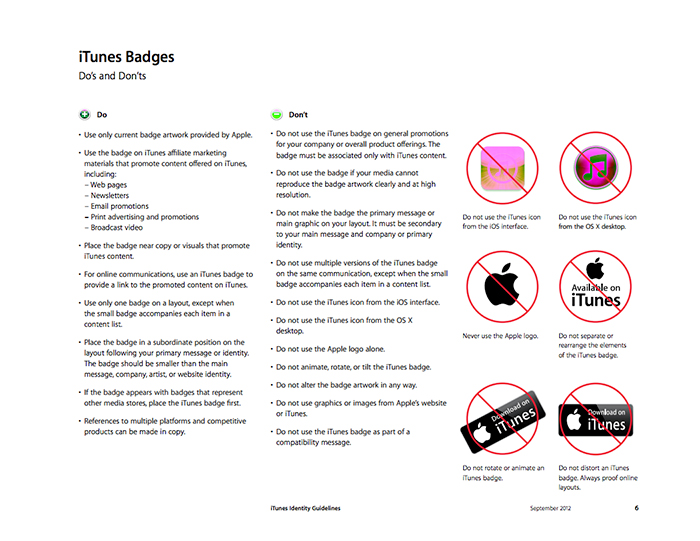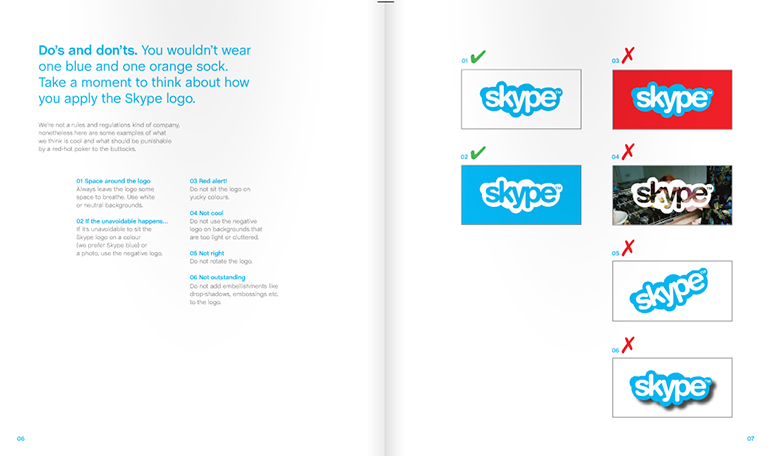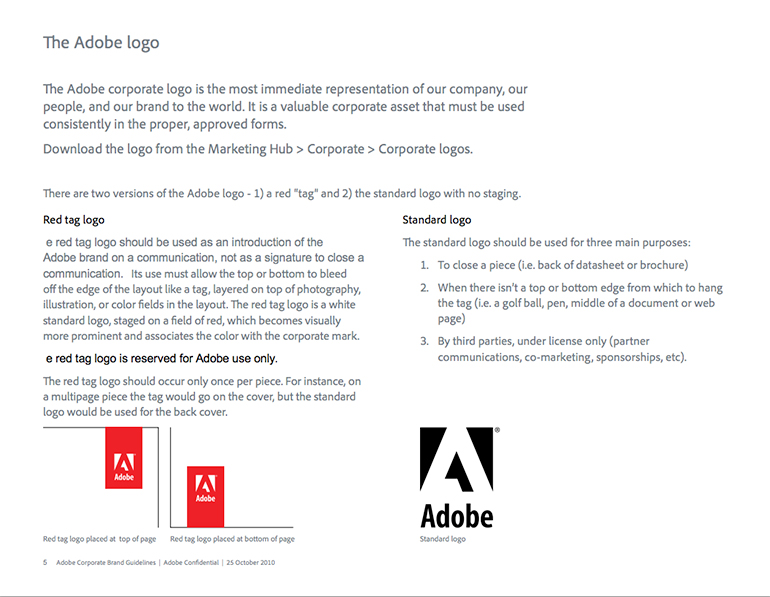If you’re a small, or even a medium, business owner, chances are that at some point you’ve wondered whether you really need to have a Style Guide. Given that your team is quite small, and you approve all marketing collateral yourself, you might think that you simply have no need for one.
Before you move the whole Style Guide thing into the too hard basket, ask yourself the following questions. Do you have a logo? Do you use certain colours? Are there particular branding elements or words that you avoid at all costs? If you answered yes to any of these questions, then it’s probably time to put pen to paper and develop your style guide.
What is a Style Guide?
A Style Guide is one single source of all information that is related to your brand. Think of it like the blueprint, the master plan for your brand. It should be the go-to manual when it comes to your brand, and all of the communications and marketing material that your brand produces.
All of your employees should have access to, and should follow, the content contained within your Style Guide. This way, the consistency of your brand is maintained. And, brand consistency fosters brand strength. Think about any of the world’s largest brands. They are always, 100% consistent. There’s Cadbury’s unmistakable shade of purple. McDonald’s distinctive red with the yellow arches. Nike’s swoosh. Apple’s apple. They are instantly recognizable, all around the world, because they are always the same.
A Style Guide formalises this consistency. It provides guidance to all employees, which can be especially helpful if your company is spread out across multiple offices, states, or even countries. A Style Guide can be invaluable if you outsource graphic design or marketing work to external contractors. By perusing just one simple document, your contractors know exactly what they can and cannot do when it comes to your brand. Similarly, if you have a change of employees within your marketing department, a Style Guide will help ensure ongoing consistency, regardless of who is sitting in the chair.
What Should I Include in My Style Guide?
So, have we got you over the line? Are you ready to put pen to paper and create your comprehensive brand Style Guide? If you are, here a few tips on the type of content that you should cover:
- Brand Message: it’s always a good idea to open your Style Guide with an overview of your brand message. What exactly is it that your brand stands for? What are the values most important to your brand? What are your mission, and your vision, for your brand?
- Logo Treatment and Usage: your logo is arguably the most important element of your brand. So, make sure that you take measures to protect its integrity. Your Style Guide should include various treatments of your logo (black and white, monochrome, grey scale, horizontal, vertical) and where and how these variations are acceptable for use. It should include minimum size restrictions, as well as any requisite surrounding white space.
- Tagline: if your company has a tagline, include a dedicated section for it. Outline how, and when, it can be used.
- Brand Colours: make sure you have a section on the colours that can be used in any company collateral. Generally, these will be the colours of your logo. It is best practice to include all colour types (CMYK, Pantone, and RGB). If you have secondary colours (that perhaps aren’t featured in your logo), then include these as well.
- Typography: if there are particular fonts that you prefer to use, then slot them right on in. Keep in mind that you may have different fonts for different applications; the range of fonts available in graphic design software packages (such as InDesign) far outstrip those available in Microsoft’s products. So, make sure that you cover all bases.
- Templates: if you have pre-approved company templates, then include all of these (along with usage instructions) in your Style Guide. Templates could include (but are in no way limited to) letterheads, report templates, PowerPoint presentations, email signatures, other stationery, and business cards.
- Tone of Voice: it useful to include an overview of the tone of voice that you want used in all marketing and communications material. Do you want your brand’s voice to sound like that of a trusted friend? A polished professional? A technical guru?
- Language Styles: including a section on language styles can help iron out any wrinkles when it comes to content creation. In your language style section, you should include elements such as spelling, punctuation, numbers, abbreviations, and capitalization.
- Target Audience: if you really want to dig a little bit deeper, you can even include a section on your brand’s target audience. Provide a description and a persona for whom it is that you are trying to reach with all your marketing and communications material.
Examples of Brilliant Style Guides
Apple i-Tunes: http://www.apple.com/itunes/affiliates/resources/iTunesIdentityGuidelines.pdf

Skype: http://issuu.com/bondo/docs/skype_brand_book_-_look


If all this sounds a bit daunting, or a bit restrictive, just remember, nothing is set in stone. Style Guides are always evolving, always changing. Even at the world’s biggest brands. Be prepared to develop your Style Guide as your brand develops. By developing your brand, your keep loyal customer on-board: they don’t want to see your brand stagnate. For instance, ANZ (one of Australia’s top four brands) launches a brand refresh every two years, changing and updating their logo and branding so that it stays on trend. If it’s good enough for ANZ, then it’s good enough for us!
